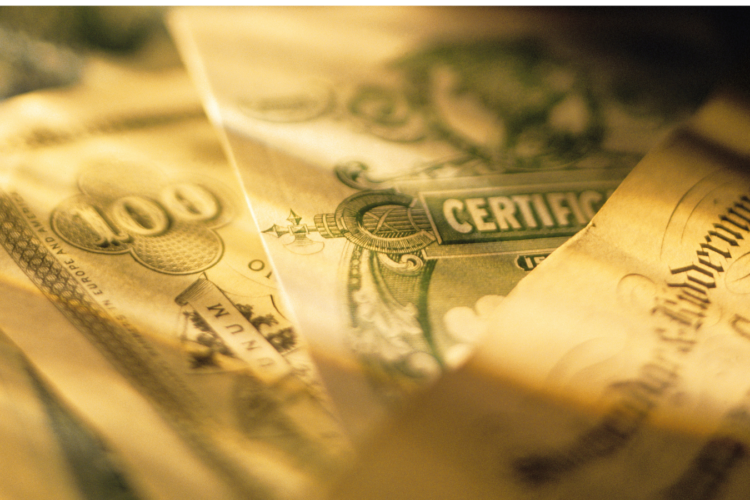For fixed-income investors, it’s getting more and more challenging to find favorable interest rates in combination with the type of security that most are looking for. It hasn’t been too long since 10-year US Treasuries were yielding over 3%, and if you were buying in 2006 or 2007, you could lock in close to 5%.
Today, though, yields are around 1.3 on the 10-year Treasury, and the 5-year note is below 1%. This doesn’t seem very appealing, especially when you consider that inflation is currently running in the 6–7% range. But as discouraging as this picture might look, it’s actually better than what bond investors in other countries around the world are able to achieve.
In Germany, the government has issued 2-, 5-, and 10-year bonds, all at a 0% coupon rate; if you buy and hold them to maturity, you get your money back, and that’s it. Of course, as we know, the market price of bonds fluctuates, and right now, those 0%, 2-year bonds are trading at an effective yield of -0.738% (remember, as bond prices go up, effective yields go down). The 5- and 10-year bonds have an effective yield of -0.724, and -0.464, respectively. Admittedly, the current German inflation rate of 1.35% helps the picture a little bit, but in terms of actually staying ahead of inflation, German government bonds might not be a hot ticket right now.
But what about other European countries? Is the picture any better? The Spanish 2-year government bond, issued at a positive yield, currently trades at a -0.684% effective yield. Similarly, Dutch, Belgian, and French bonds are trading at negative effective yields all the way out to 10-year maturities. Italian, Swedish, and Portuguese government bonds are providing negative yields until the 10-year mark.
Of course, as we also know, bond yields are a function not only of time, but also of creditworthiness. Investors willing to take a risk on borrowers with a lower credit rating can obtain yields well above those mentioned above. For example, the Argentine 10-year government bond is yielding a generous 45%. You need to know, however, that inflation in Argentina is currently running at a 47% annual rate, so your investment would have considerably less purchasing power by the end of the year. That wouldn’t be as bad, however, as buying a Venezuelan government bond. While yielding a nominal rate of 46%, inflation in Venezuela is 9,986% (down from last year’s rate, believe it or not). At that rate, your bond would have zero purchasing power about a year after you bought it.
Maybe the moral is obvious: while US rates are currently not very exciting, they’re actually better than those available, most other places in the world, especially when you consider the relative security offered by the direct backing of the federal government.
As a fiduciary wealth advisor, I help my clients make smart decisions about the fixed-income and equity portions of their portfolios. By listening carefully, asking thoughtful questions, and explaining in clear terms, I work to help them achieve their financial goals in a way that places clients needs foremost, always. If you’d like greater clarity about your financial strategies, please click here for a complimentary consultation.
Stay Diversified, Stay YOUR Course!

